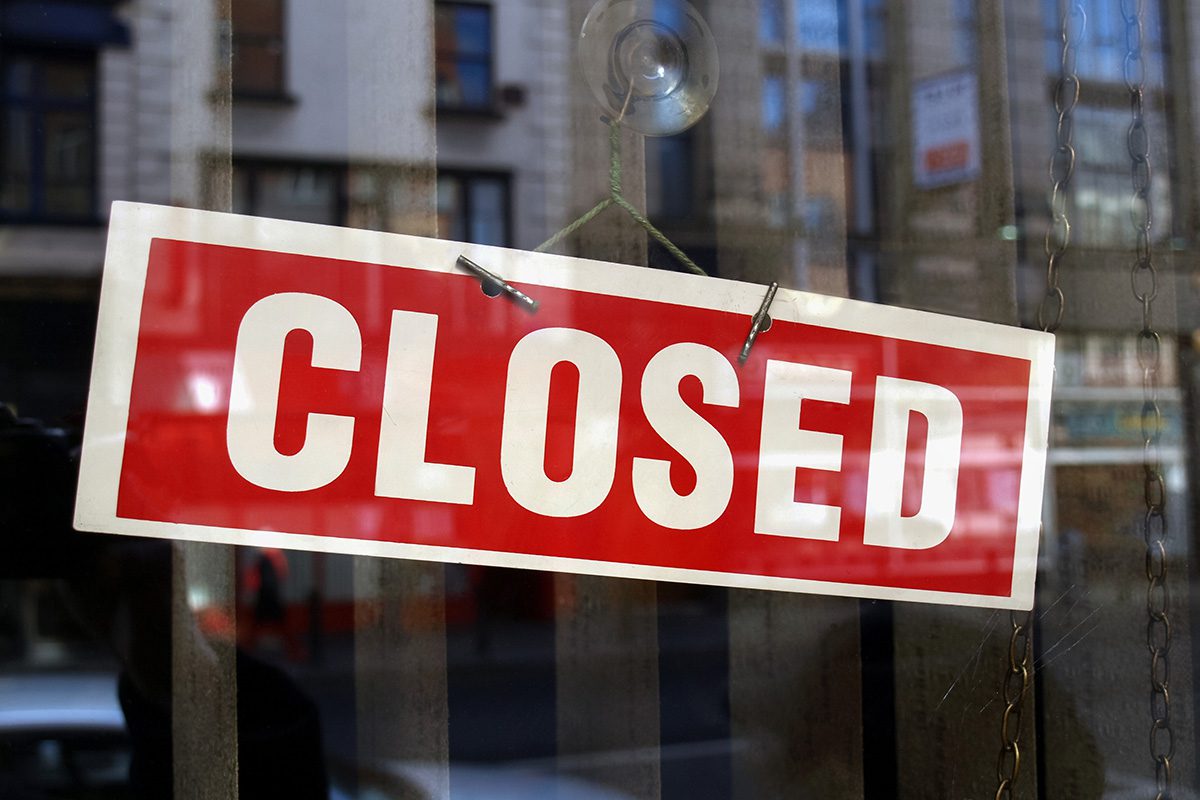
Business interruption is a time when a company is unable to operate because of a negative event, like a fire or flood. These unexpected disruptions are one of the most worrisome business hazards in today’s environment of rising unpredictability. These interruptions can be very expensive and even fatal to your organization if you don’t plan carefully. Read on to find out how you can be ready and safeguard your business from unexpected disruptions.
The Severity Of Business Interruptions
Interruptions in business mean that your product or service is not available to your customers or clients, which can result in significant financial losses. There are many different unfavorable occurrences that might result in business interruption, and not all of them can be easily predicted.
Some of the main reasons for business interruption include:
Being unable to enter your property due to:
- a fire, explosion, storm, or flood;
- a failure of a utility, such as water, gas, or electricity; or
- a ban imposed because of a serious incident nearby
Loss of connection brought on by a cyberattack, a problem with a data center, or an outage with a web provider.
Disturbance in the supply chain, which prevents your company from obtaining the components or raw materials needed to operate.
Equipment breakdown, either of the machines used for production or systems like HVAC and lighting.
Staff illness, which can lead to a decrease in productivity and increase in expenses (for sick pay and temporary hires).
In 2021, over 325,000 business failed, which is 28,000 more than the previous year, according to the Office for National Statistics (ONS). On top of that, around 60% of business start-ups never make it past their fifth year. One of the main reasons for this? You guessed it, business interruption.
How To Mitigate Business Interruption
ANALYZE YOUR POTENTIAL RISK
List all the possible hazards to your firm, both internal and external.
Internal risks to your organization could include:
- physical risks to the structure, your equipment, and your plant
- technological issues
- employee health and safety
- company financial well-being
External risks could include:
- economic fluctuations
- government legislations
- business competition
- weather-related incidents
Consider if each exposure risk is avoidable when you assess the hazards to your company. It will be easier to assess potential risks and their severity if you have a clear awareness of your company’s direct exposures.
FORM A BUSINESS CONTINUITY PLAN & DISASTER RECOVERY PLAN
A business continuity plan is essential to assist you in recovering more quickly from a business interruption. Your continuity plan should specify how your organization will respond if the risks you have identified materialize. It is a collection of guidelines and instructions for maintaining essential operations during a crisis. Every aspect of your organization should be covered, including:
- Production
- Sales
- Labor
- Technology
- Assets
- Stock
Disaster recovery planning is an increasingly important emergency strategy that goes above and beyond basic business continuity for catastrophes that might destroy your company. The strategy describes how you’ll safeguard your company after a disastrous occurrence, such as a cyberattack, natural disaster, or terrorist act. It describes the steps you must take to recover, such as:
- your IT infrastructure
- where you will work if your office is closed
- and how you will work if you are unable to utilize your equipment
You will also want to make sure that you have all of your basis covered in the event of filing a claim. Here are four steps to ensure that you recover and return to business as quickly as possible:
- Set up a separate general ledger account to capture specific event-related expenses
- Track specific cancelled or reduced events, orders, bookings, contracts, etc.
- Document your specific mitigation efforts
- Track and summarize hourly labor related to the event including employee name, dates worked, hours, hourly rate, and general description of tasks
PROPERLY TRAIN EVERYONE
Your business continuity and disaster recovery plans must specify, in detail, who is responsible for what in each department. There should be a staff person in charge of each vulnerable location as well as a backup who can take over in case of absences. Since staffing changes over time, it is critical to test and update the plan every year, or whenever a staff member quits or changes positions. A well-executed strategy may stop a bad situation from getting worse, therefore business continuity training is something that all staff members should go through.
MAKE SURE YOUR BUSINESS IS ADEQUATELY INSURED
For businesses of all sizes, having the appropriate insurance is essential to guaranteeing that your structures, machinery, and goods are covered in the event of an incident. It’s crucial that you have the resources to replace and maintain your physical assets in addition to being able to deal with the income loss that results from a forced closure. You will still need to pay your personnel and bills during any closure time, but your income will be significantly reduced. Having adequate insurance will enable you to continue operating until your company is once again operating at full capacity.
With a little effort and essential insights, you can reduce potential risks and their negative effects on your operations and safeguard your business from unexpected disruptions.
Kapnick can help. If you have questions about how to reduce the risk of business interruptions or need help reviewing or updating your emergency plan, reach out at info@kapnick.com or 888.263.4656.




